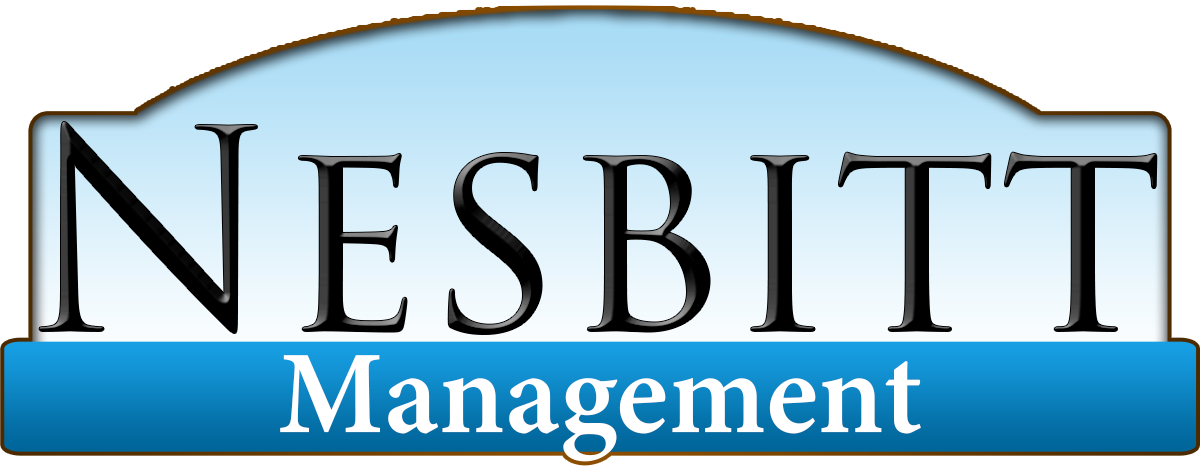Owning rental property is a bit like running a small business: it requires careful planning, a strategic approach, and—most importantly—a well-thought-out budget. At Nesbitt Realty, we understand that successful property management hinges on sound financial planning. Whether you're a seasoned property owner or a newcomer to the rental market, here’s your ultimate guide to budgeting and financial planning for rental property owners.
The Foundation: Understanding Your Income
First things first, let's talk about income. This isn’t just the rent you collect from tenants; it includes any additional fees or earnings from your property.
Rental Income: The primary source of revenue, of course, is the rent paid by tenants. Make sure to set realistic rental rates based on market research and comparable properties in your area.
Additional Fees: Don't overlook other potential income streams like pet fees, late fees, and utility reimbursements. These can add up and contribute significantly to your overall income.
Example: Imagine you're managing a duplex in Northern Virginia. Each unit rents for $1,500 per month. Besides the $36,000 annual rental income, you collect an additional $50 per month per unit for pet fees, bringing in an extra $1,200 a year.
Fixed and Variable Expenses
Understanding and categorizing your expenses is crucial. Expenses can generally be divided into fixed and variable categories.
Fixed Expenses:
- Mortgage Payments: If your property isn’t fully paid off, this will be your biggest fixed expense.
- Property Taxes: These are non-negotiable and must be paid annually.
- Insurance: Landlord insurance protects you from property damage and liability.
- HOA Fees: If your property is part of a homeowner association, these fees are regular and predictable.
Variable Expenses:
- Maintenance and Repairs: These costs can fluctuate. Budget for routine maintenance and save for unexpected repairs.
- Utilities: Depending on your rental agreement, you may cover some or all utilities.
- Property Management Fees: If you hire a management company, this will be a regular expense.
- Marketing Costs: These include the cost of advertising your property to potential tenants.
Example: Let's say your duplex has a mortgage of $1,000 per month, annual property taxes of $3,000, insurance costs of $1,200 annually, and HOA fees of $600 per year. Your fixed expenses would total $16,200 annually. Variable expenses might include $2,000 for maintenance, $1,000 for utilities, and $2,400 for property management fees, totaling $5,400 annually.
Setting Aside Reserves
It's wise to set aside a reserve fund for unexpected costs. Think of this as your property’s emergency fund. Experts recommend saving 1-2% of the property’s value annually.
Example: If your duplex is valued at $300,000, aim to set aside $3,000 to $6,000 each year in a reserve fund for emergencies.
Planning for Vacancy Periods
No property is immune to vacancy periods. Plan for these inevitable gaps by budgeting for a certain vacancy rate. A common rule of thumb is to anticipate about one month of vacancy per year.
Example: If each unit in your duplex rents for $1,500 per month, budget $1,500 annually for each unit to cover potential vacancy periods.
Long-Term Financial Planning
Think about your long-term financial goals. Are you planning to acquire more properties? Do you have plans for significant renovations? Develop a long-term financial strategy that includes:
- Capital Improvements: Save for major renovations that can increase property value and rental income.
- Debt Reduction: If possible, work towards paying off your mortgage to increase your cash flow.
- Investment Growth: Consider reinvesting your profits into new properties to grow your portfolio.
Example: You plan to add a new roof to your duplex in five years at an estimated cost of $10,000. Start setting aside funds now to avoid financial strain later.
Regular Financial Reviews
Regularly reviewing and adjusting your budget is crucial. Market conditions change, unexpected expenses arise, and your financial goals may evolve. Schedule annual or semi-annual reviews to stay on track.
Example: Conduct a mid-year review of your finances. If you had fewer repairs than expected, you could allocate surplus funds to your reserve fund or plan for a small renovation.
Conclusion
Budgeting and financial planning for rental property owners require attention to detail, strategic foresight, and regular adjustments. By understanding your income, managing your expenses, setting aside reserves, planning for vacancies, and keeping an eye on long-term goals, you can navigate the complexities of property ownership with confidence and ease.
At Nesbitt Realty, we’re here to help you manage these financial intricacies, ensuring your investment remains profitable and stress-free. After all, a well-budgeted property is a happy property, and a happy property makes for a happy owner.
